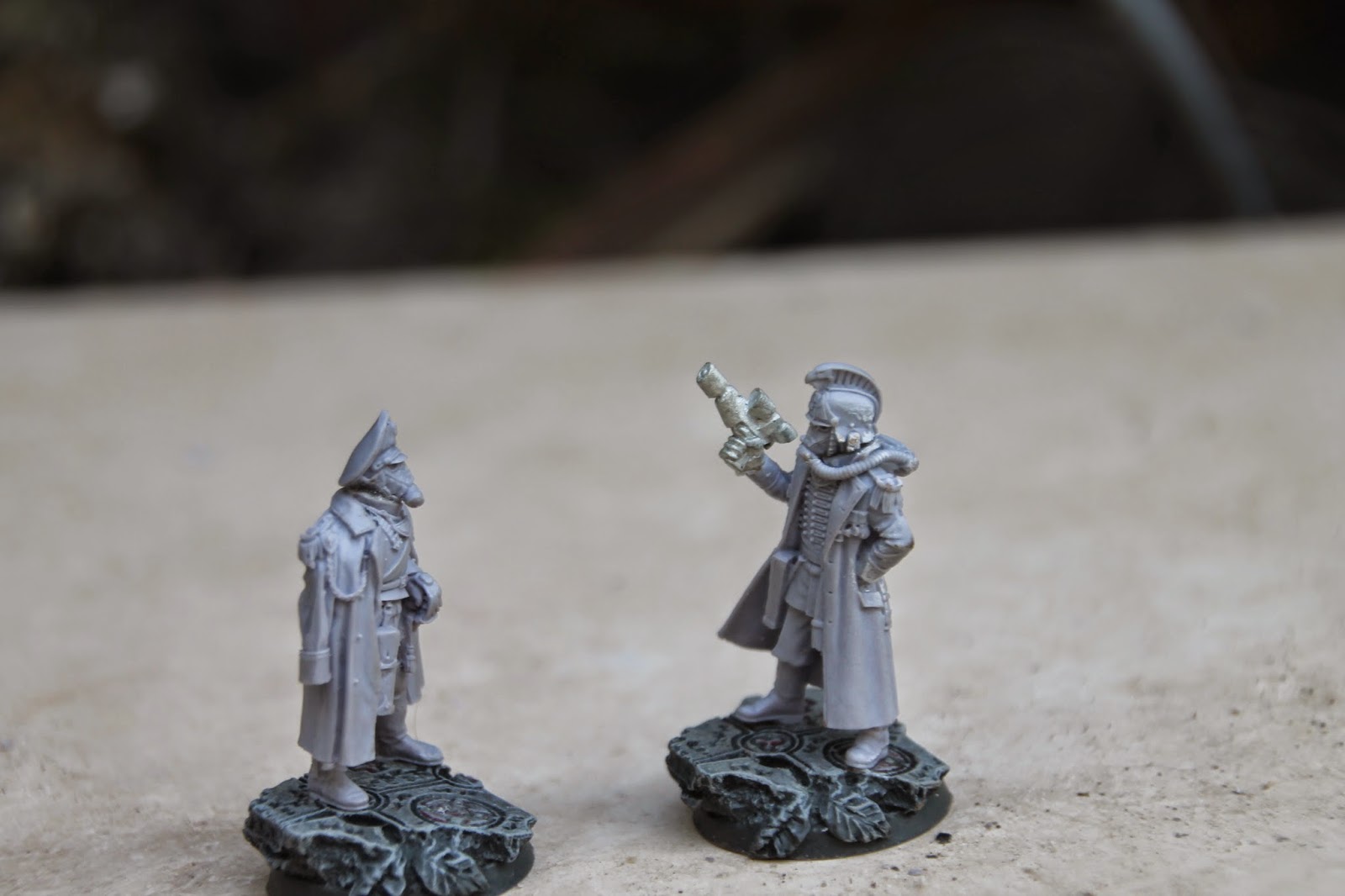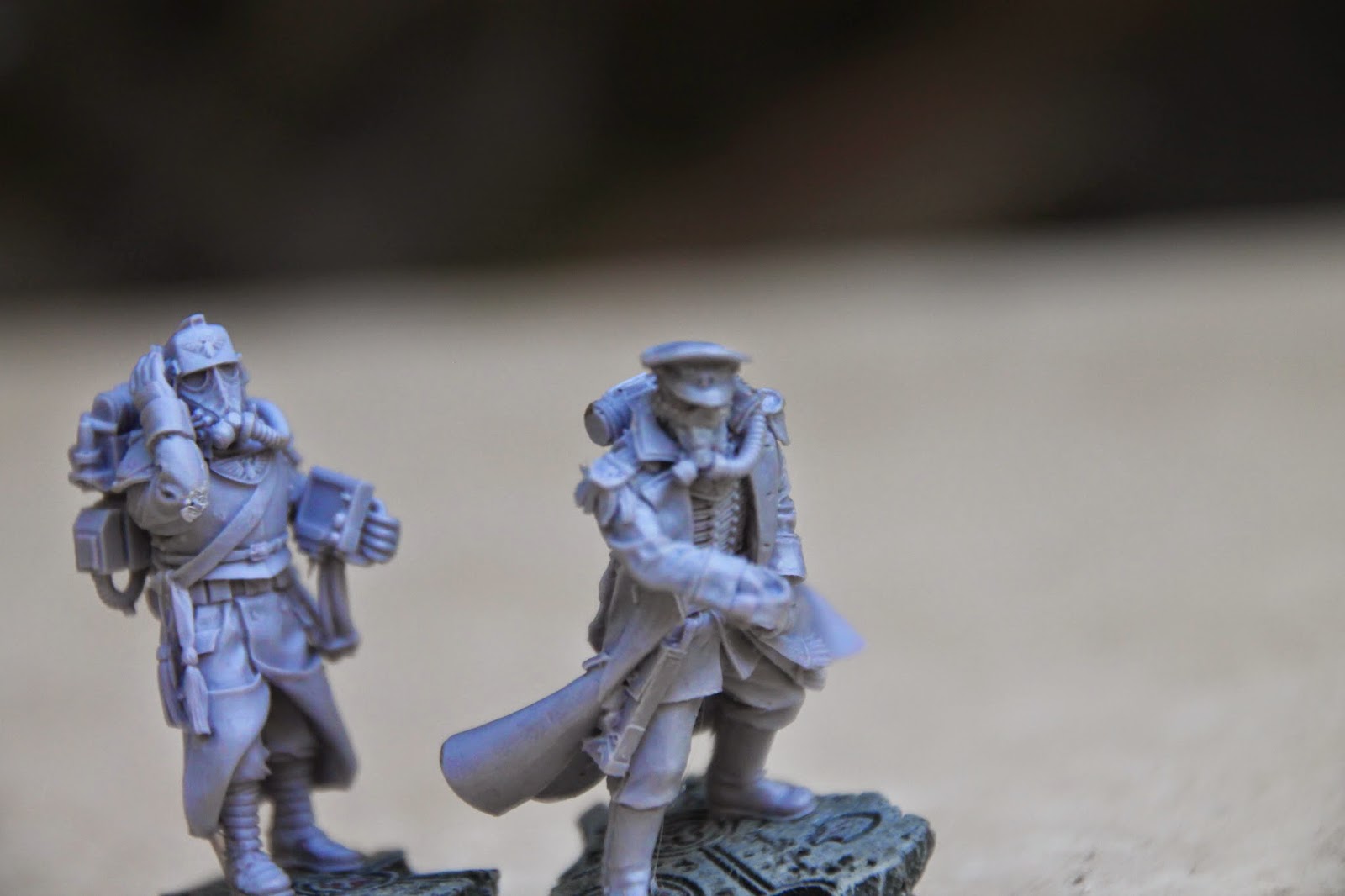Bare concrete ceilings arched across large but not vast
spans. Cavernous halls, some with triple bunkbeds and some with boxes of
stores, stretched away for several hundred meters. Naked bulbs hung on their wires, casting a
harsh, uncompromising light on the bodies pressed together within. Occasionally sirens in other parts of the
city would wail and the lights would go off, at these times, everyone would
hush, as if the bombers flying overhead might hear their individual pleas or
curses.
The atmosphere inside the building was close and subtly
uncomfortable. The shelters had been
built with a functioning Heating, Ventilation and Air Conditioning system, but
it was geared for only an eighth of the people now in it and during the war,
parts of it had been cannibalised for higher priority things like AFVs and
Airframes. It struggled audibly and
subjected the inmates to occasional wild variations in temperature and
humidity; Not so bad that everyone inside felt as if they were being
suffocated, but more as if there were not enough air circulating within for the
number of people using it; Various groups were trying to work without being too
disturbing to their neighbours, but this resulted in a constant ululating hum
that added to the headache inducing atmosphere.
It was a vast improvement, nonetheless, on the chaos of the
previous month. Bombarded urban areas
had proved effective as temporary bunkers when immediately assaulted by the enemy,
but protracted fighting amongst the smashed infrastructure meant that sub units
might be sat over trapped gas pockets, an uncomfortable feeling when being
mortared. Every scrape, hollow and
foxhole was as likely to fill with furnace fuel oil or sewerage as it was with
rainwater. And units could not
effectively be supplied, controlled or extracted once the tenuous communication
links were broken.
And the enemy had firepower to spare. Their apparently inexhaustible infantry (in
both senses) were well supported by armour and field artillery. Their Heavy Artillery was never too far away
and they appeared to enjoy complete air superiority. Deliberate assaults on defended positions
might take out a tank or two and could catch their infantry in a crossfire or
enfilade if preparation time allowed, but the enemy’s preparatory bombardment
was always greater.
There seemed to be a constant close air patrol of fighter
bombers or Vultures covering them, even when things seemed to be going well.
Eventually, hiding in the ruins of the small villages
obliterated along their route of march was recognised as merely providing their
medium bombers and heavy artillery with target practice. At the outset of the rainy season, defensive
operations had switched to rural deployments.
Shattered formations had precious little time to regroup before the
enemy armoured recce and cavalry began fanning out and hunting them down.
Again, as soon as any contact was made, the invaders
withdrew to a safe distance whilst their close air support engaged troops dug
into hasty positions in soft earth. On
rare occasions, a brave T-65 pilot would hedgehop into the forward area and
pick off an enemy tank or two before the fighter bombers carelessly jettisoned
their external stores in order to give chase.
It was even rarer for the lone T-65 pilot to make it back. But this show of defiance was good for
morale and showed that the invaders were not invulnerable.
Abandoning position after position meant that within two
months the defenders had lost all of their heavy weapons, vehicles, support
services and to-hand supplies. They were
either living off the land or looting what was left in the shattered towns and
villages. Generally speaking they were
low on ammunition, their main weapon was now the booby trap or hasty
minefield. Their formations and units
were broken and scattered. However, the
lack of cohesion meant that groups the invaders did catch were small and unable
to reveal anything of use.
Eventually, the general order was given for all remaining
formations to re-group for re-deployment to the Capital. As sub units met in the dark confusion
reigned. The enemy was keen to disrupt
any re-grouping and would drop commandos to attack the temporary camps in the
dark; men would flail in the mud and loose weapons and ammunition; tents would
collapse, everything sank into the mud.
People close to the limits of their endurance would only move because
others crashed into them.
The previous years of training of the regular cadres and the
preparedness of the militia made a huge difference when it came to escaping the
camps and marching, wading, through the night only to sink back into mud,
sleeping wrapped in sodden tents when they were far enough away; but they had
got away, even if they had lost everything.
Not only weapons and ammunition, but all sorts of mundane but important
equipment was lost between the urban warfare, the flight through the mud and
the eventual re-deployment in Xyphonica.
Only the foresightedness of Planetary Command in pre-pacing
hidden bomb proof shelters and arms caches (and other supply dumps) meant that
the remaining defenders were still armed. Tired dirty men, some still with mud
in their ears and noses, were re-armed before they were fed or allowed to rest.
The vast reinforced bunkers were originally intended to
shelter the civilian population from air raids, but most civilians had fled the
city. And besides, the enemy had amply
demonstrated that this was a genocidal war – the distinction between combatant
and non-combatant had long since lost any meaning.
At such strong points across the city, the defenders waited
with increasing disquiet. The nightly
air raids were smashing the infrastructure; water, power and heating were no
longer to be taken for granted. In some
places, it was only the foresight that re-laid the cities utilities as district
cells that meant that those places had any services at all. After three years of war, the hospitals were
all but out of drugs and other medical supplies. In some districts, there was no way through
for vehicles due to collapsed buildings.
Fires, where they were, raged unchecked. Casualties were fortunate indeed to be taken
to one of the non-functioning hospitals.
The writing was quite obviously on the wall, if they did not get help
from somewhere soon, the invaders would reduce the city and overrun the ruins.















